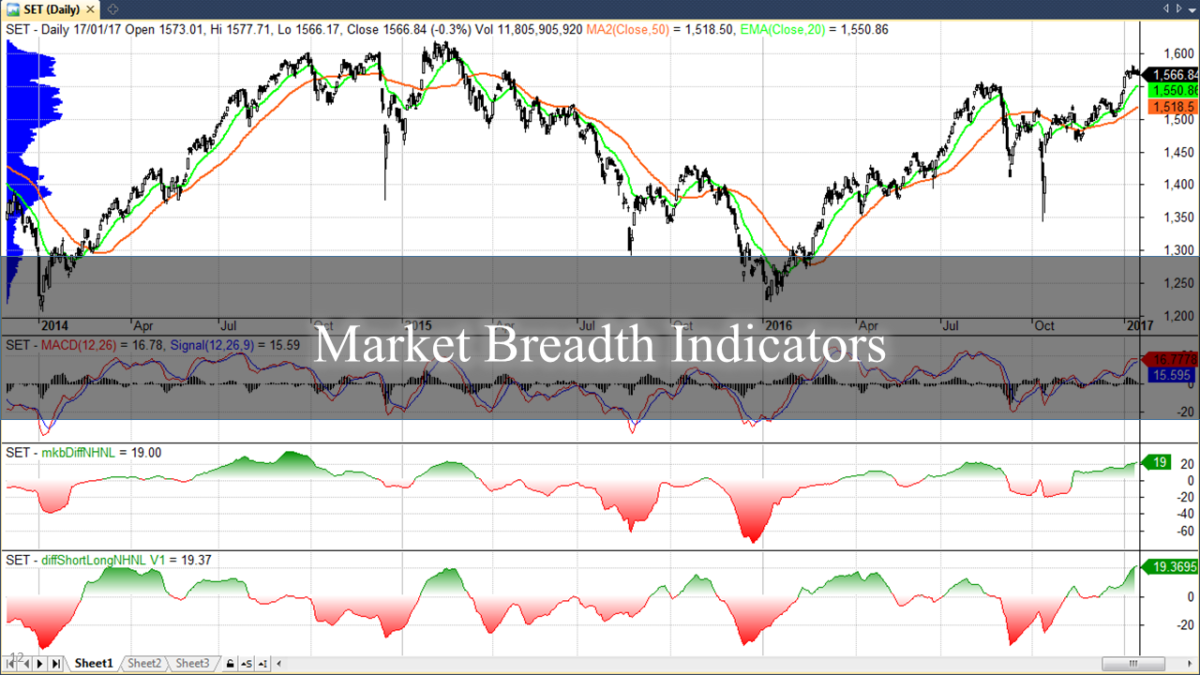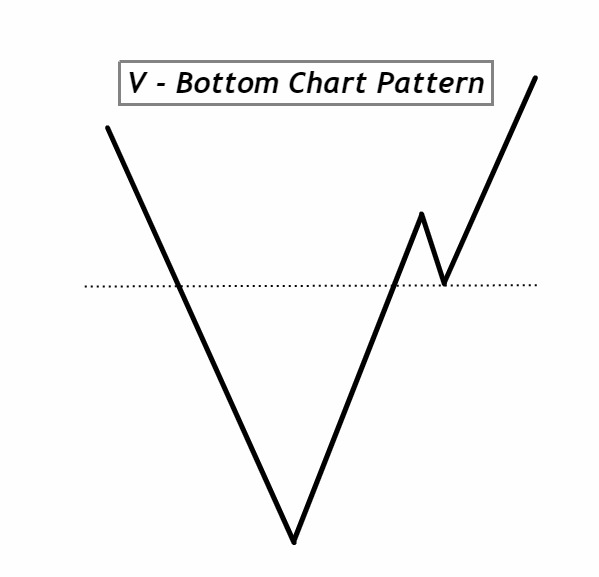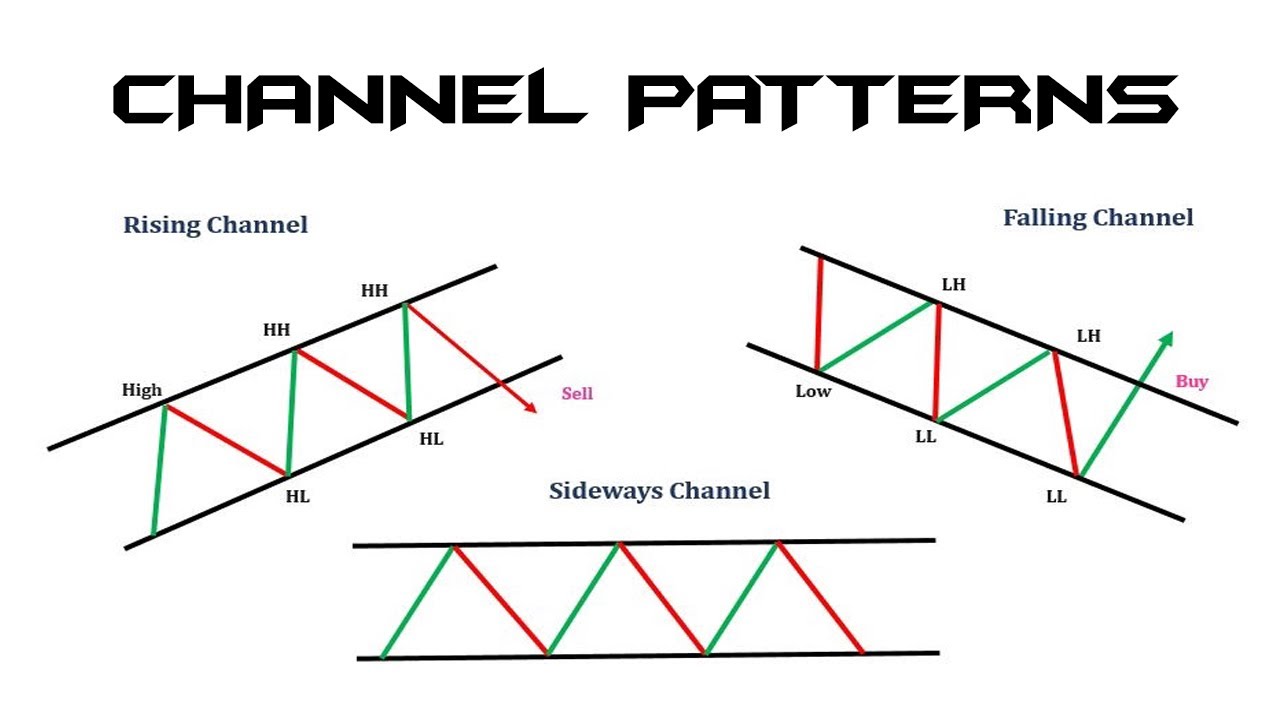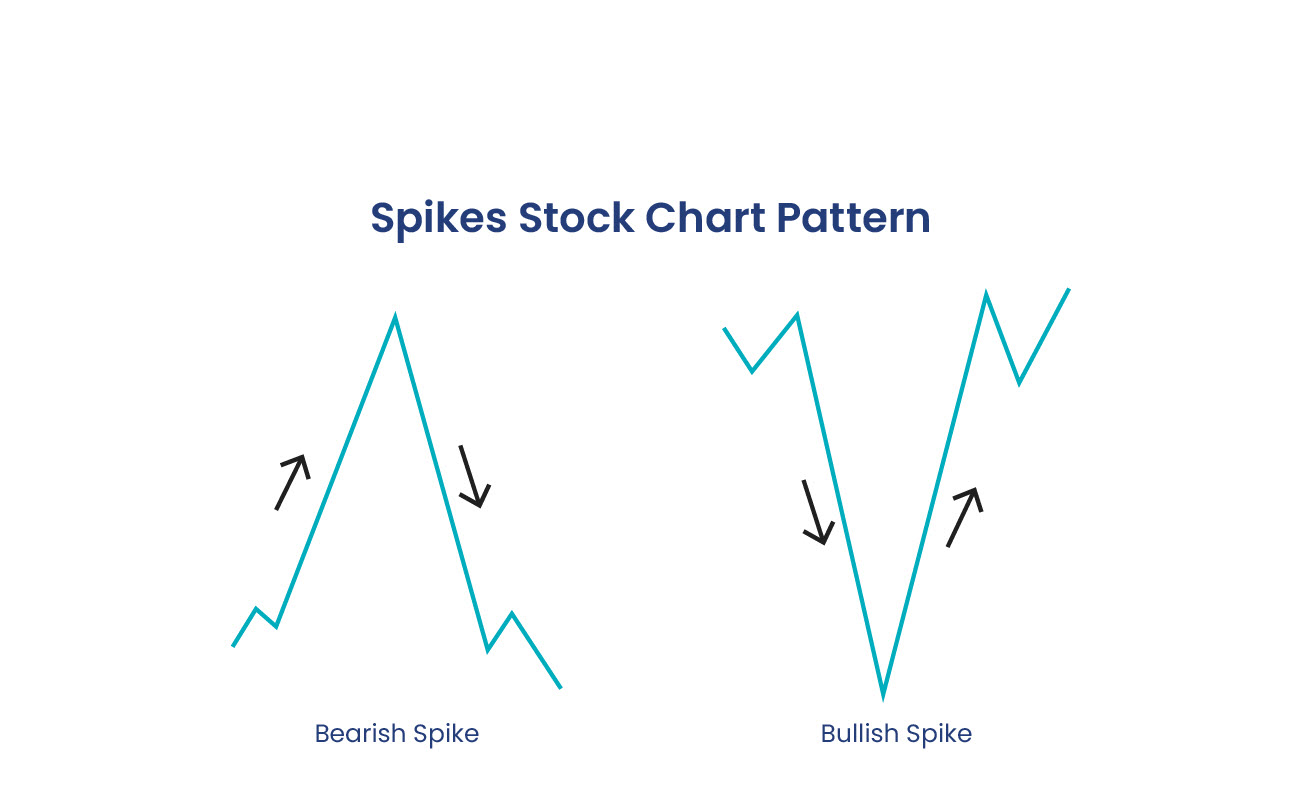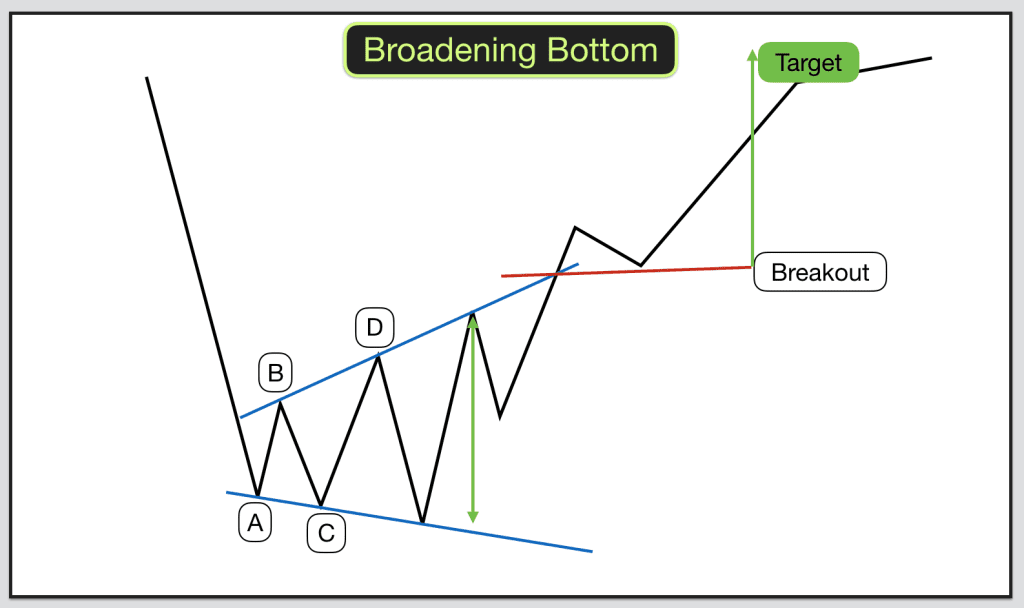After a profitable financial period, management has a choice: do they reinvest all the earned net income into the business or distribute some of the earnings to shareholders? Using the money to fund future business operations signals a growth-oriented mindset, but distributing dividends rewards shareholders for their financial support of the organization. It’s a tough decision that may impact the company’s future share prices.
Investors can use the retention ratio to glean insights about a company’s earnings distribution practices and forecast how they’ll impact the organization’s stock prices. They can also consider a company’s dividend history — some organizations have a practice of issuing dividends every earnings period for a decade or longer.
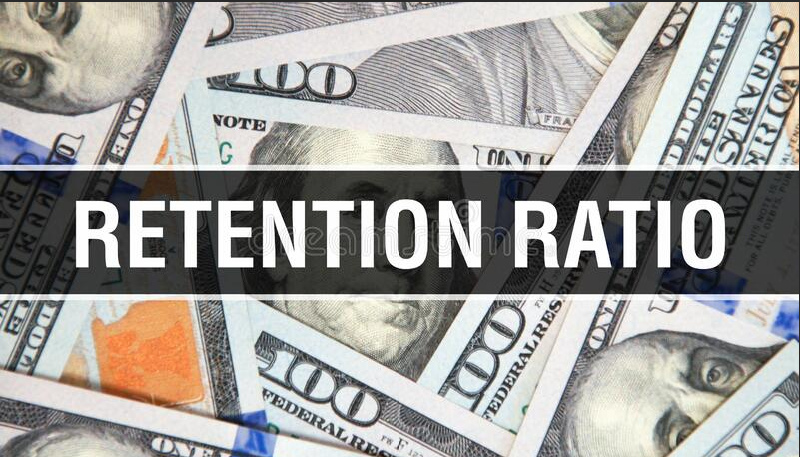
What Is Retention Ratio and Why Is It Important?
A retention ratio measures the proportion of earnings a company retains for future business purposes. It’s usually expressed as a percentage of profit. For instance, a company with an 80% retention ratio distributes 20% of its earnings to shareholders through dividends while retaining the remaining 80% for its operations.
You can also refer to the retention ratio as the plowback ratio or net income retention ratio.
Factors That Influence the Plowback Ratio
One key factor influencing the plowback ratio is management’s beliefs about the company’s future. Business leaders who are optimistic about the company’s growth opportunities tend to reinvest more of the organization’s earnings. They can use the retained amount to invest in assets that support growth opportunities, such as buying new equipment or hiring a larger workforce.
Alternatively, a company with significant cash reserves may not need to retain as much money for reinvestment. In that case, company management might distribute more earnings to shareholders.
Another factor that can impact the plowback rate is the immediacy of a company’s financial investment needs. An organization that doesn’t anticipate much need for financial investment in the next year might increase its dividend payout now, then reduce it in the future when its cash needs are greater.
How the Retention Ratio Formula Works
As with many financial ratios, there are several ways to calculate a retention ratio. One formula uses information from the company’s balance sheet and income statement:
Retention Ratio = (Net Income – Dividends) / Net Income
As an example, say a business has $5,000,000 in annual net income and decides to distribute $500,000 in dividends to shareholders. You would calculate the retention ratio as ($5,000,000 – $500,000) / $5,000,000, or 90%.
You can derive a company’s earnings retention ratio from details contained in a company’s quarterly or annual financial statements.
How to Interpret a High or Low Retention Ratio
A high retention ratio can indicate several things. A high-growth company may use its earnings to fund an investment or ongoing business operations. Organizations that require significant capital to maintain their operations, such as automobile manufacturers, may have higher retention ratios. A cash-strapped company might also plow back all of its earnings to keep afloat.
Some companies operate in cyclical environments, meaning they need more cash at certain points of the year. For instance, retailers might retain more money ahead of busy holiday seasons when they need additional merchandise to support consumer sales. A retailer’s reinvestment rate might be higher when they stock up on products before the active season and lower in the period of time afterward.
A lower retention ratio might indicate that a mature company has sufficient cash reserves for future investments or operations. It can also be a sign of a well-established company that doesn’t require much additional capital to maintain operations at the current level.
It’s critical to examine a company’s retention ratio alongside other financial metrics and financial statements rather than on a standalone basis. A comprehensive examination can reveal more information about management’s intentions concerning their dividend policy.
How the Net Income Retention Ratio Influences Stock Prices
A higher retention ratio may be attractive to shareholders who anticipate that management will use the earnings for expansionary activities, such as introducing new products or services or increasing their customer base. Over the long term, the company’s share price may appreciate, resulting in shareholder gains.
However, many factors impact share prices, and investors shouldn’t rely solely on the retention ratio to determine their investing decisions.
Understand and Boost Your Dividend Growth Portfolio with Above the Green Line
While market swings can undoubtedly influence the value of your investments, another way to continuously build wealth is through a dividend growth portfolio. Investors who purchase shares in companies known for issuing regular dividends can receive ongoing income that helps them reach their target return. Above the Green Line shares a Dividend Growth Portfolio with members whose investment goals include long-term growth. Check out our Dividend Growth Portfolio today!
Sources:
Retention Ratio – Overview, Formula, Example (corporatefinanceinstitute.com)
Retention Ratio (Definition, Formula) | How to Calculate? (wallstreetmojo.com)
Retention Ratio (Plowback Ratio) – Overview, Formula Examples (elearnmarkets.com)



